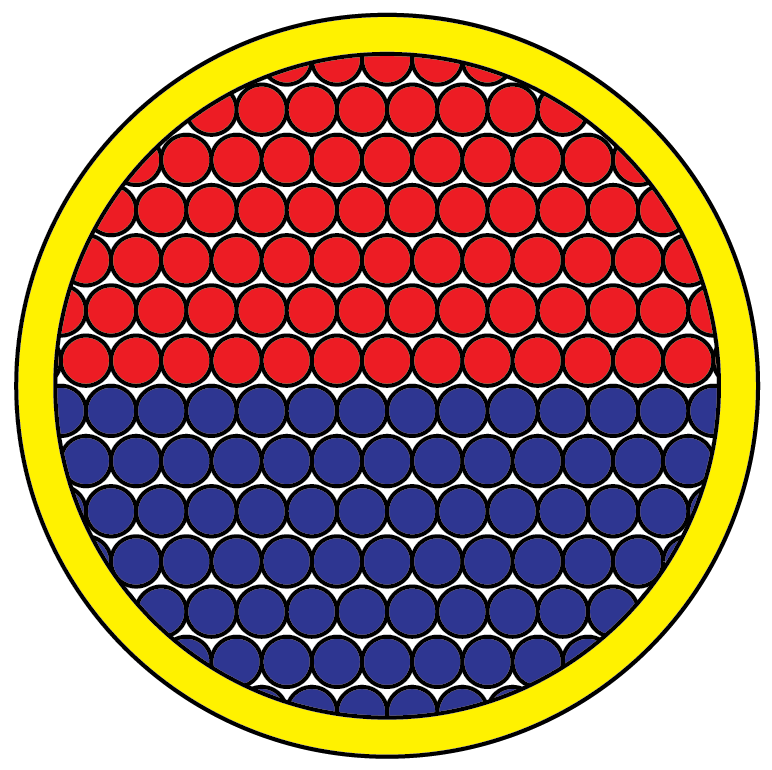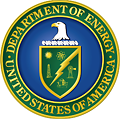Thrust 2: Phase Heterogeneities

Materials used in real engineering applications often consist of multiple crystalline phases. The different phases may be of a different chemistry, a different crystalline structure, or both. The addition of more than one phase can provide the material enhanced mechanical properties and has been explored as a way to improve radiation tolerance. At the same time, both irradiation and corrosion can induce the formation of new phases in a material. As one everyday example, rust is nothing more than the formation of an oxide phase on top of the base iron metal. The formation of these phases alters the properties, typically degrading performance. Further, they can impact how defects flow through the material. One of our hypotheses is that the phases and their interfaces can act as sinks for defects, places where defects naturally accumulate. Understanding how these phases form and how their presence impacts defect transport is a key question we are studying.
In Thrust 2, we study multiphase materials with the goal of determining how the phase structure and the associated interfaces impact defect transport through the material. This, in turn, modifies how irradiation and corrosion both evolve.




